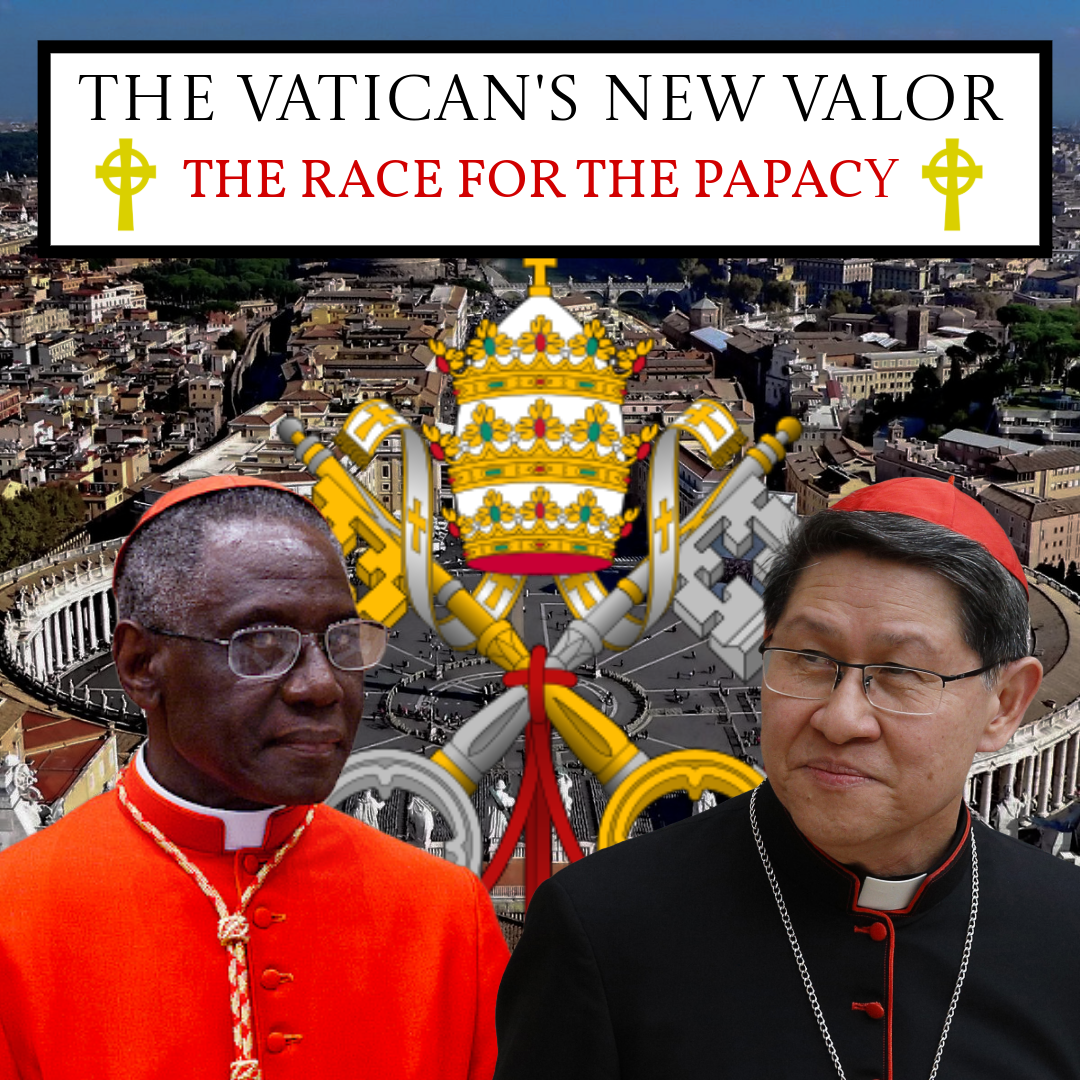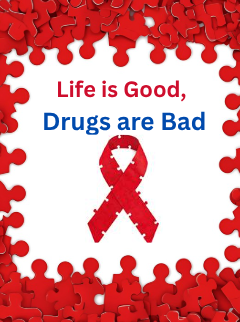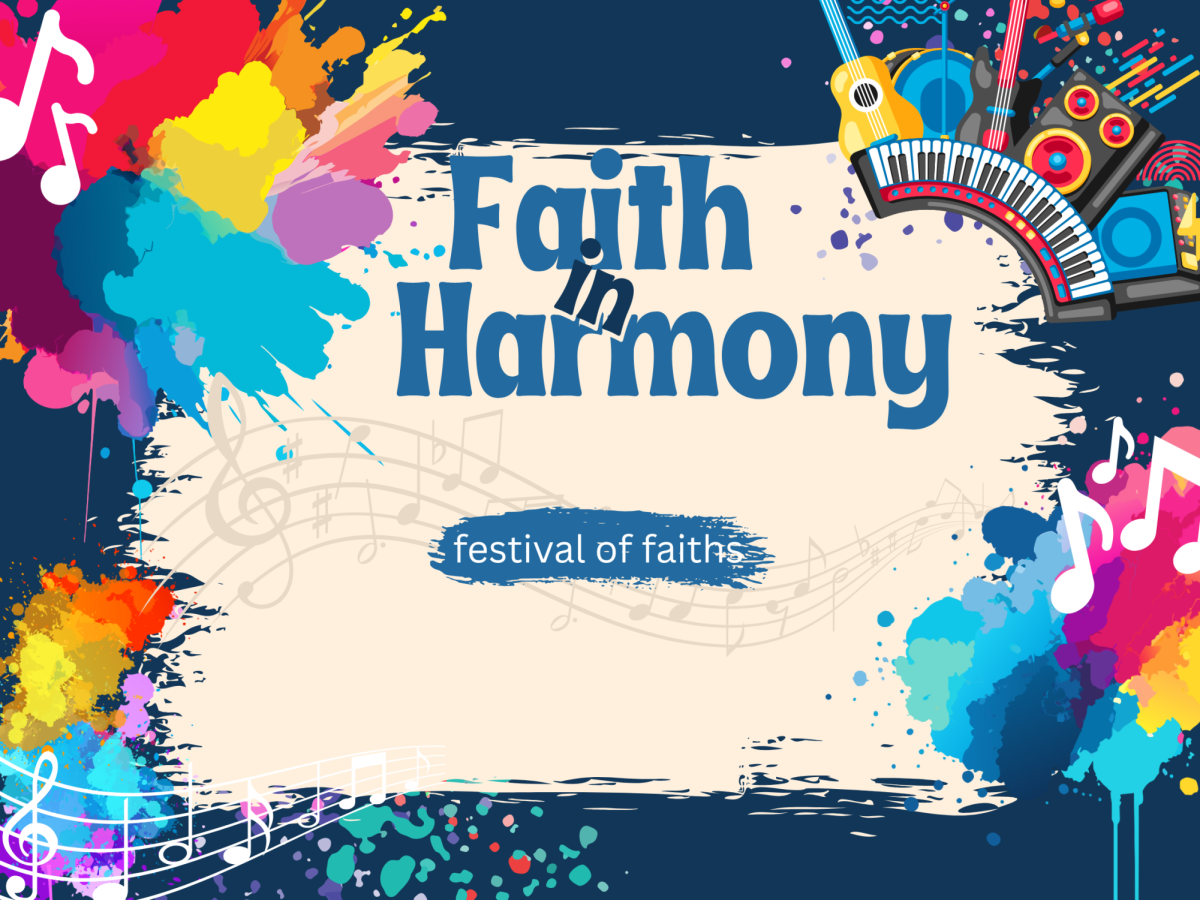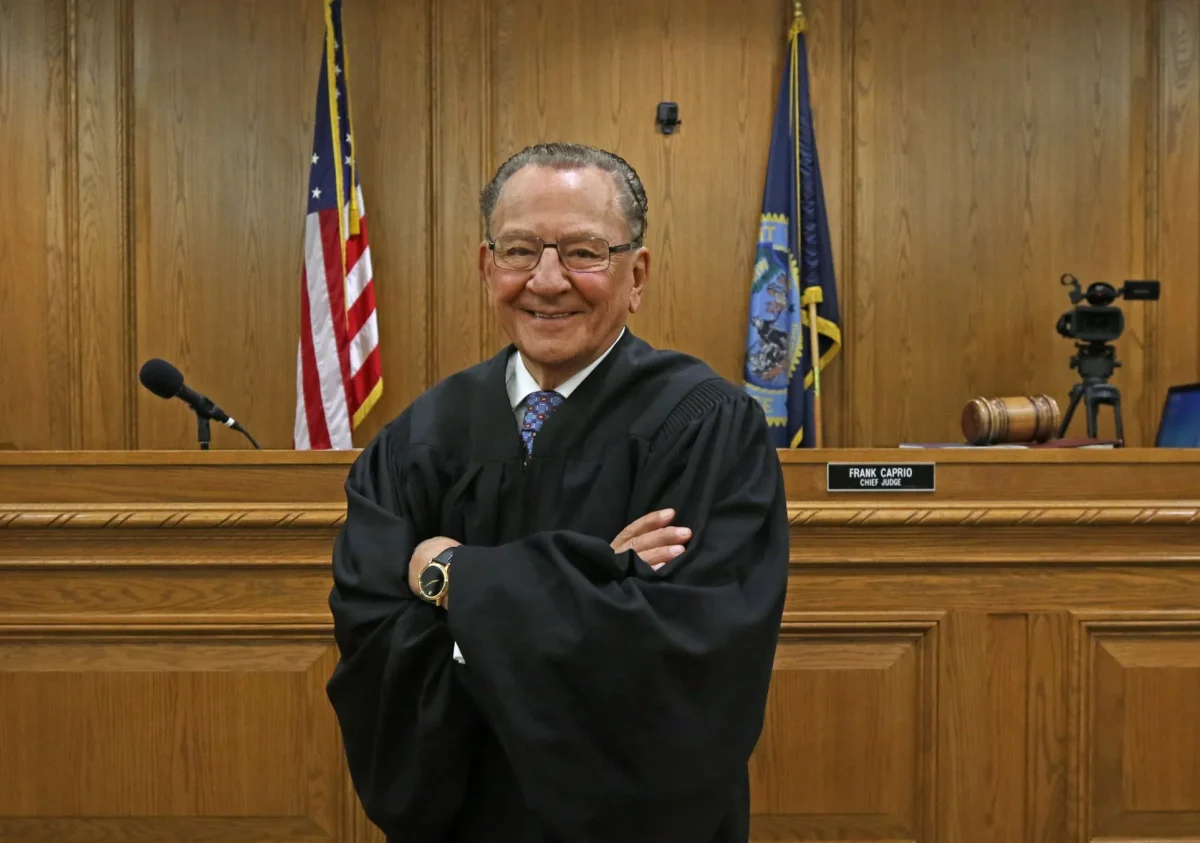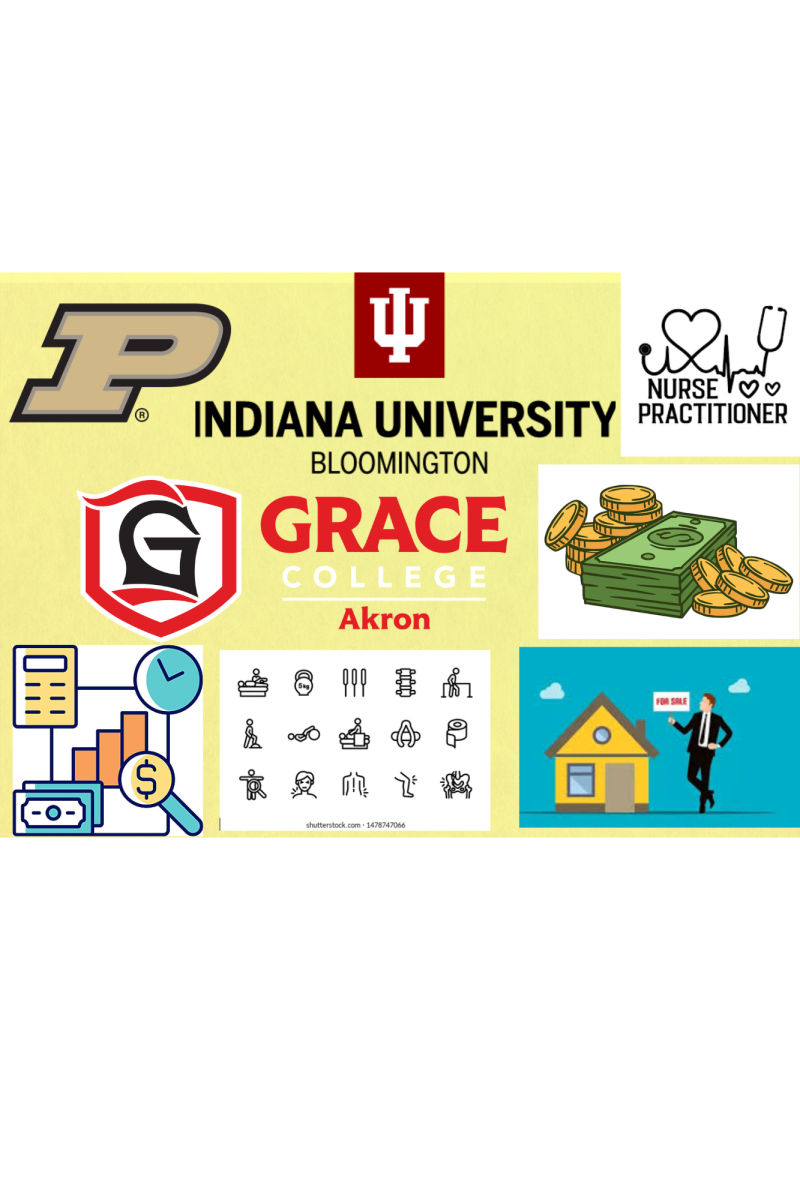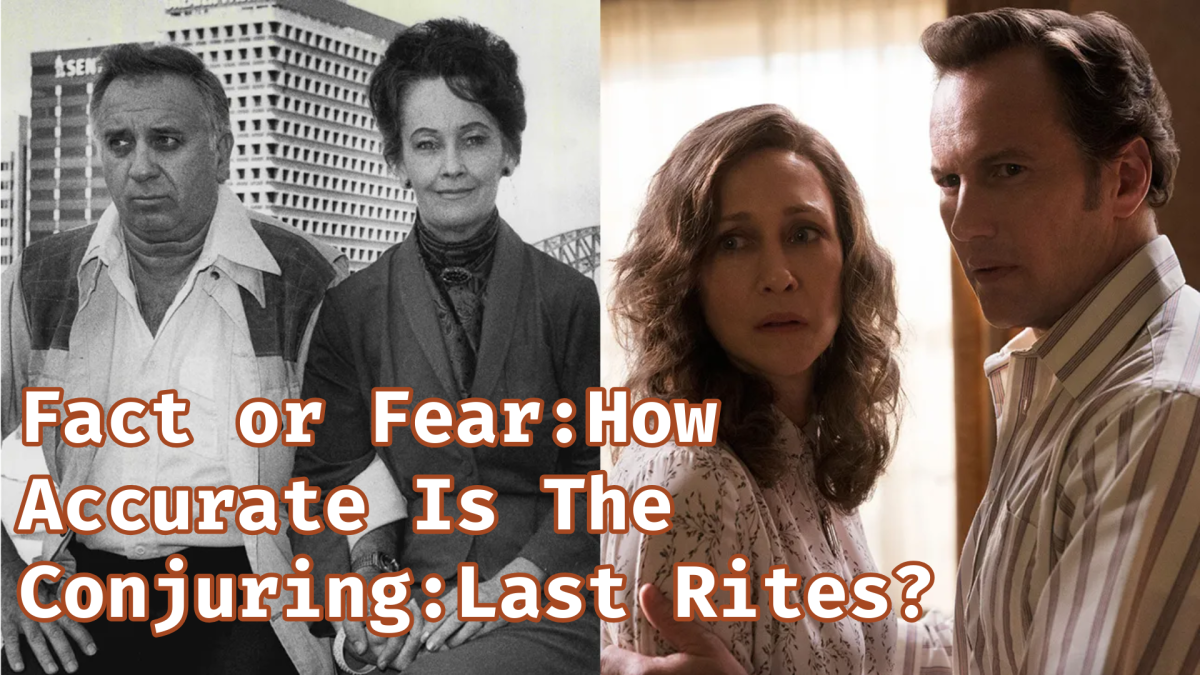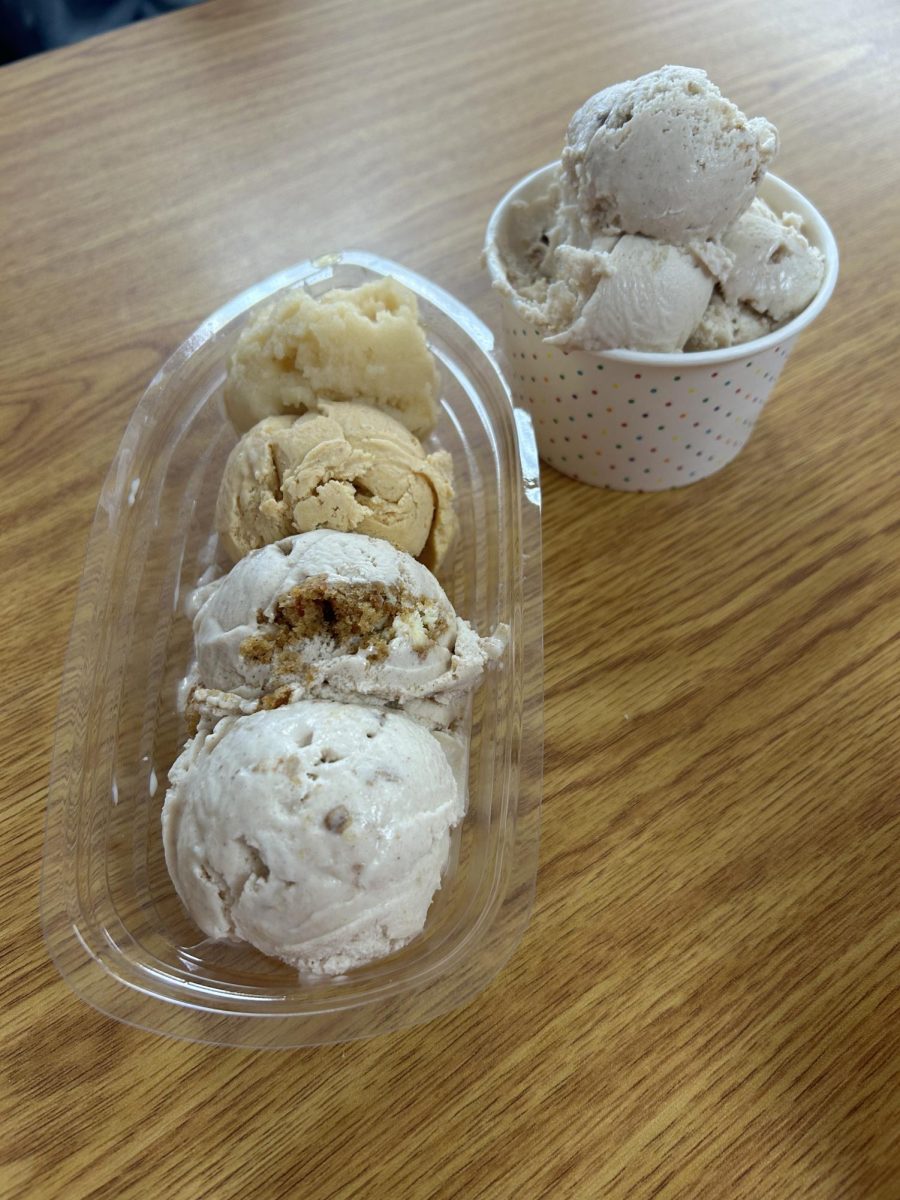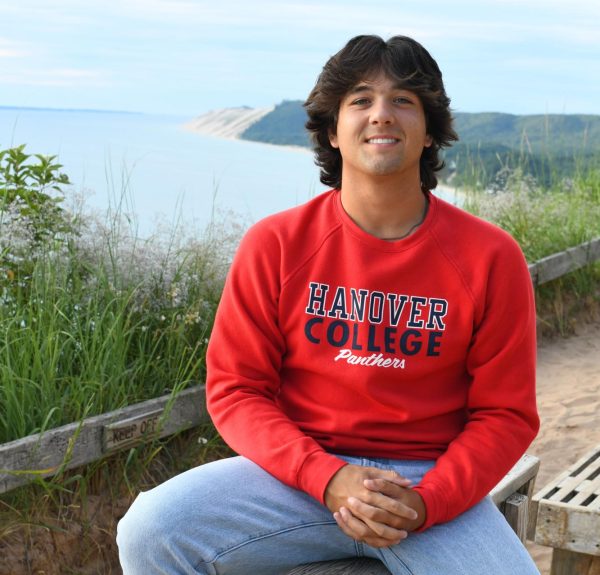The Catholic Church, the founding strand of Christianity, has lost its leader. Pope Francis, who strived for social justice, environmentalism, and created cooperation between other religions. His civil service for the Catholic Church was highlighted by community service and his fight to support the less fortunate. The connection Francis had to the people allowed him to push his agendas with trust, and furthered Catholicism into the modern age. With his death on April 25, 2025, the Catholic leadership is starting on the next chapter, and the leader who will forge it. This week, the Cardinals were locked in Saint Peter’s Basilica, and their long, difficult decision will be etched into the history books forever.
Leadership within Catholicism has many different stages. As new seminary graduates enter into the priesthood, they begin as a Deacon for other priests and Bishops until they are officially ordained to become a Catholic priest. These priests rotate around a diocese, a close group of churches, with one church being named as a Cathedral. This Cathedral leads the diocese under its Bishop, who looks over this group of priests. Some of these dioceses have larger followings, which creates archdioceses and archbishops to rule over these areas. Once someone reaches this point, they have the opportunity to become a Cardinal, the highest rank of bishops, who are granted voting rights for all decisions made within the Catholic Church. These Cardinals are responsible for this monumental decision, and will decide on one of their own to lead the new papacy (the job of the Pope).
With voting requirements stating that all Cardinals over the age of eighty cannot vote, 135 of the 252 Cardinals from around the world have recently traveled to the Vatican City to decide their new leader. This process, called the Conclave, has many stages, but starts with an oath of secrecy to keep the contents of their voting secret from public eye. With speeches and conversations, the Cardinals vote in private ballots, which are counted and then burned. A two-thirds vote is needed for one candidate to earn the position, so the process can take weeks to even years to complete (like the two-year and ten-month conclave of Pope Gregory X, per Stefano Rome Tours). As these ballots are burned, chemicals are added to create black or white smoke when burned, showing whether or not the Cardinals have made their decision. If black smoke is called, the Cardinals will vote again, with four votes taking place each day. After they come to an agreement, white smoke is burned, and the newly elected Pope will pick his Papal name, named after saints, to show his mission. For example, Pope Francis named himself after Saint Francis of Assisi, who fought for the poor and dedicated his life to God, per the National Catholic Reporter. After deciding on his name, he is led out to the central balcony outside Saint Peter’s Square, where they announce “Habemus Papam!” or “We have a new Pope!”.
This year’s conclave has many frontrunners, with Cardinal Luis Antonio Tagle from the Philippines leading the way. Tagle has the same mission as Francis, and many people see him as an identical successor to Pope Francis, per CNN. Cardinal Fridolin Ambongo Besungu from the Congo is another popular candidate, with very conservative views reaching a different audience of traditional Catholics whom Francis could not entertain with his progressive policies, per CNN. Usually, the voters will stagnate liberal and conservative candidates to balance the power of traditional and progressive Catholics. No matter who the Cardinals choose, the Catholic Church is growing at a steady rate, with seventy million new Catholics from 2022 to 2023, per Vatican News. As the church closes its door on Pope Francis’s tenure, the new horizon will show a bright future for Catholicism and Christianity as a whole. The papacy position is not for the weak, and the Vatican City’s new valor will lead the masses to destiny.

